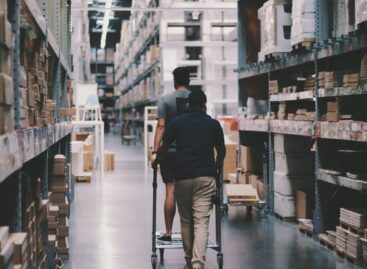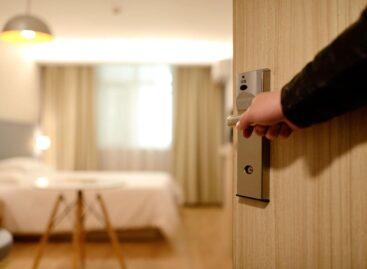Price increase and price decrease at the same time – the effect of the margin stop is felt in the first week
A significant rearrangement in food prices began following the margin freeze introduced on March 17. Although the aim of the official measure was to reduce the price of basic foodstuffs, retail chains reacted quickly – the prices of hundreds of products jumped spectacularly, while the affected groups actually experienced a serious price reduction – writes Pénzcentrum.
Targeted intervention, with unpredictable side effects
 According to the regulation, the commercial margin on the price of 30 basic foodstuffs may not exceed the January average and may be a maximum of 10% by the end of May. However, the first weekly data show that some of the chains are compensating for the drop by raising the price of other products – this phenomenon is cross-pricing, which critics of the regulation have already predicted.
According to the regulation, the commercial margin on the price of 30 basic foodstuffs may not exceed the January average and may be a maximum of 10% by the end of May. However, the first weekly data show that some of the chains are compensating for the drop by raising the price of other products – this phenomenon is cross-pricing, which critics of the regulation have already predicted.
Price reduction: sour cream, butter, some dairy products
The prices of products affected by the official restriction have decreased spectacularly:
– The price of sour cream has fallen by 30–50%, in some cases even more.
– Butter prices fell by 10–50%.
Price increases: pasta, sausages, corn, cucumbers
According to online price monitoring data analyzed by Portfolio:
– 319 products saw their prices increase, while
– 1,044 products saw their prices decrease.
The largest price increase, over 40%, affected 33 products, mostly in Spar (17), but also in Auchan (8) and Tesco (5). Examples:
Pick winter salami: 6,999 HUF → 9,889 HUF
Children’s spaghetti (500g): 599 HUF → 849 HUF
Bonduelle sweet corn: 599 HUF → 989 HUF
Increases of 30–40% were also common, especially in the case of sausages, cucumbers and Mirelit French fries.
Uniform price increase, different strategies
It is interesting that the prices of several products have increased almost to the same extent in different chains, for example, Bonduelle cucumbers and Wiesbauer premium sausages have increased by the same amount in several chains. This raises the question of how coordinated strategies may be behind the pricing.
Replacement instead of correction on other products?
While Aldi, for example, has not introduced quantity restrictions, other chains – including Spar, Tesco and Lidl – have tightened the quantity that can be purchased at one time. The aim is to protect customers, but according to experience so far, the “profit” generated on one side is quickly lost elsewhere.
Related news
Fidelity Kitekintés 2026: Ne becsüljük alá az inflációt!
🎧 Hallgasd a cikket: Lejátszás Szünet Folytatás Leállítás Nyelv: Auto…
Read more >Crowds return to stores: margin cap and year-end preparations drive retail traffic
🎧 Hallgasd a cikket: Lejátszás Szünet Folytatás Leállítás Nyelv: Auto…
Read more >The Hungarian Confederation of Economic Workers also spoke out regarding the inflation data
🎧 Hallgasd a cikket: Lejátszás Szünet Folytatás Leállítás Nyelv: Auto…
Read more >Related news
The 6 most important payment trends in 2026:
🎧 Hallgasd a cikket: Lejátszás Szünet Folytatás Leállítás Nyelv: Auto…
Read more >Tourism continues to expand dynamically
🎧 Hallgasd a cikket: Lejátszás Szünet Folytatás Leállítás Nyelv: Auto…
Read more >FEOSZ creates a certificate for consumer-friendly web stores
🎧 Hallgasd a cikket: Lejátszás Szünet Folytatás Leállítás Nyelv: Auto…
Read more >







